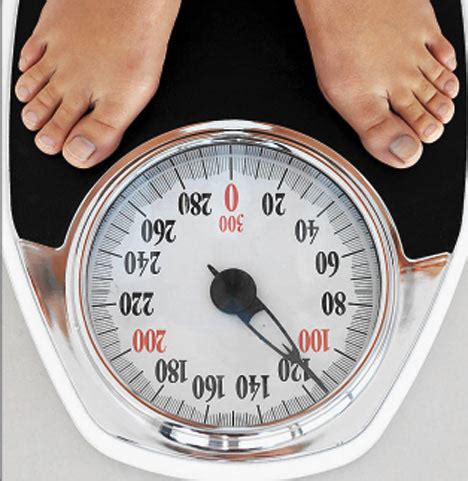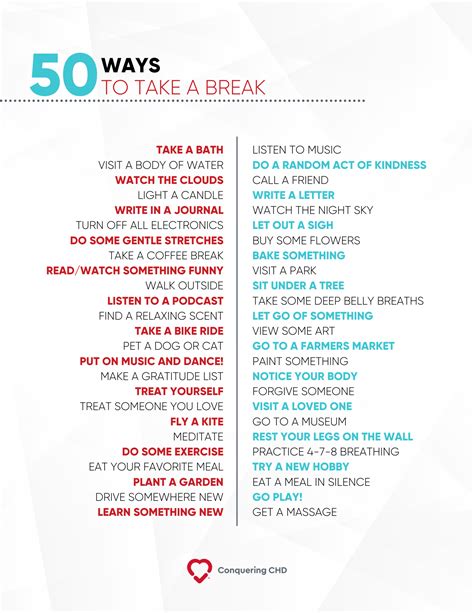How to break strength plateaus for peak muscle gain and performance optimization?

Understanding the Strength Plateau Phenomenon
Every dedicated lifter eventually encounters the frustrating wall known as a strength plateau. This is the point where your progress grinds to a halt, despite consistent effort. It’s not a sign of failure, but rather a natural physiological adaptation. Your body becomes efficient at the demands you place on it, and to continue growing stronger and building muscle, you need to introduce new stimuli.
Recognizing the signs of a plateau—stalled lifts, lack of energy, or even decreased motivation—is the first step towards overcoming it. The good news is that with the right strategies, you can smash through these barriers and resume your journey towards peak physical performance.

Varying Your Progressive Overload
The foundation of strength training is progressive overload—continually increasing the demands on your muscles. However, simply adding more weight isn’t the only way to achieve this. When weight stalls, consider varying other elements:
- Repetition Range: Cycle between low reps (1-5) for strength, moderate reps (6-12) for hypertrophy, and high reps (15+) for endurance.
- Set Schemes: Experiment with different set/rep configurations like drop sets, super sets, or pyramid sets.
- Tempo: Slow down the eccentric (lowering) phase of your lifts to increase time under tension and muscle damage.
- Rest Periods: Shorter rest periods can increase metabolic stress, while longer ones allow for heavier lifts.
- Exercise Variation: Swap out primary lifts for similar, yet slightly different, movements (e.g., barbell bench press to dumbbell bench press, or conventional deadlift to sumo deadlift).

The Power of Periodization and Deloads
Randomly pushing yourself without a structured plan often leads to plateaus and burnout. Periodization involves strategically planning your training into cycles, alternating periods of high intensity/volume with periods of lower intensity/volume (deloads) or active recovery. This allows for supercompensation—where your body adapts and recovers beyond its previous baseline.
A deload week, typically every 4-8 weeks, significantly reduces volume and/or intensity, giving your nervous system and connective tissues a much-needed break without losing strength. This critical recovery phase often leads to breaking through plateaus when you return to your regular training.

Optimizing Nutrition, Recovery, and Technique
Fueling Your Progress
You can’t build a strong house without bricks. Similarly, your body can’t build muscle or recover effectively without adequate nutrition. Ensure you’re consuming enough protein (around 1.6-2.2g per kg of body weight), healthy fats, and carbohydrates to support your energy demands and muscle repair. Staying hydrated is also paramount.
Prioritizing Rest and Sleep
Muscle growth and repair primarily occur outside the gym, especially during sleep. Aim for 7-9 hours of quality sleep per night. Chronic sleep deprivation elevates cortisol, impairs recovery, and can significantly hinder strength gains. Consider active recovery methods like light cardio, stretching, or foam rolling to aid blood flow and reduce muscle soreness.
Mastering Your Form
Often, a plateau isn’t due to a lack of strength but a flaw in technique. Review your form for all major lifts. Incorrect mechanics can limit the activation of target muscles, increase injury risk, and prevent you from lifting heavier weights efficiently. Consider recording yourself or getting feedback from an experienced coach.

Targeting Weak Points and Incorporating Accessory Work
Sometimes, a specific muscle group or movement pattern is holding back your overall strength. Identify your weak links. For instance, if your bench press is stalled, perhaps your triceps or anterior deltoids are lagging. Incorporate targeted accessory exercises to strengthen these specific areas.
- Example for Bench Press: Close-grip bench press, dumbbell triceps extensions, overhead presses.
- Example for Squats: Paused squats, good mornings, glute-ham raises.
- Example for Deadlifts: Romanian deadlifts, rack pulls, pull-throughs.
By shoring up these weaknesses, you create a stronger, more balanced foundation for your compound lifts.

Conclusion: Consistency and Patience are Key
Breaking through strength plateaus is an integral part of the fitness journey. It requires a strategic, multifaceted approach, combining smart training variations, adequate recovery, optimal nutrition, and relentless attention to form. Remember that progress isn’t always linear. Embrace the challenge, be patient with yourself, and consistently apply these principles. With dedication, you’ll not only overcome your current plateau but also build a more resilient and powerful physique for long-term muscle gain and performance optimization.







